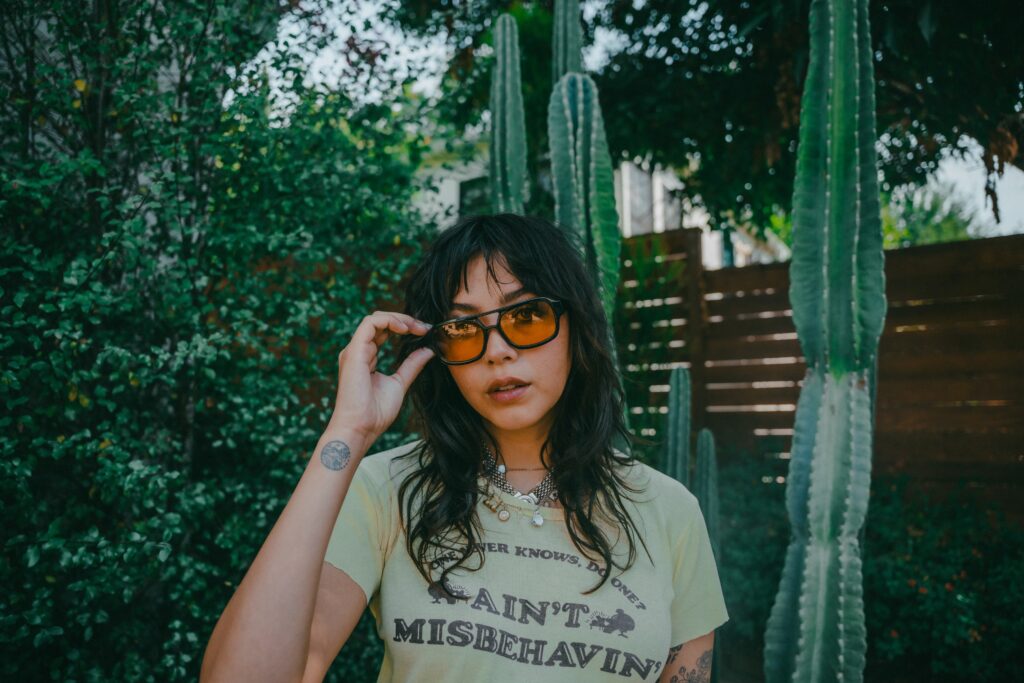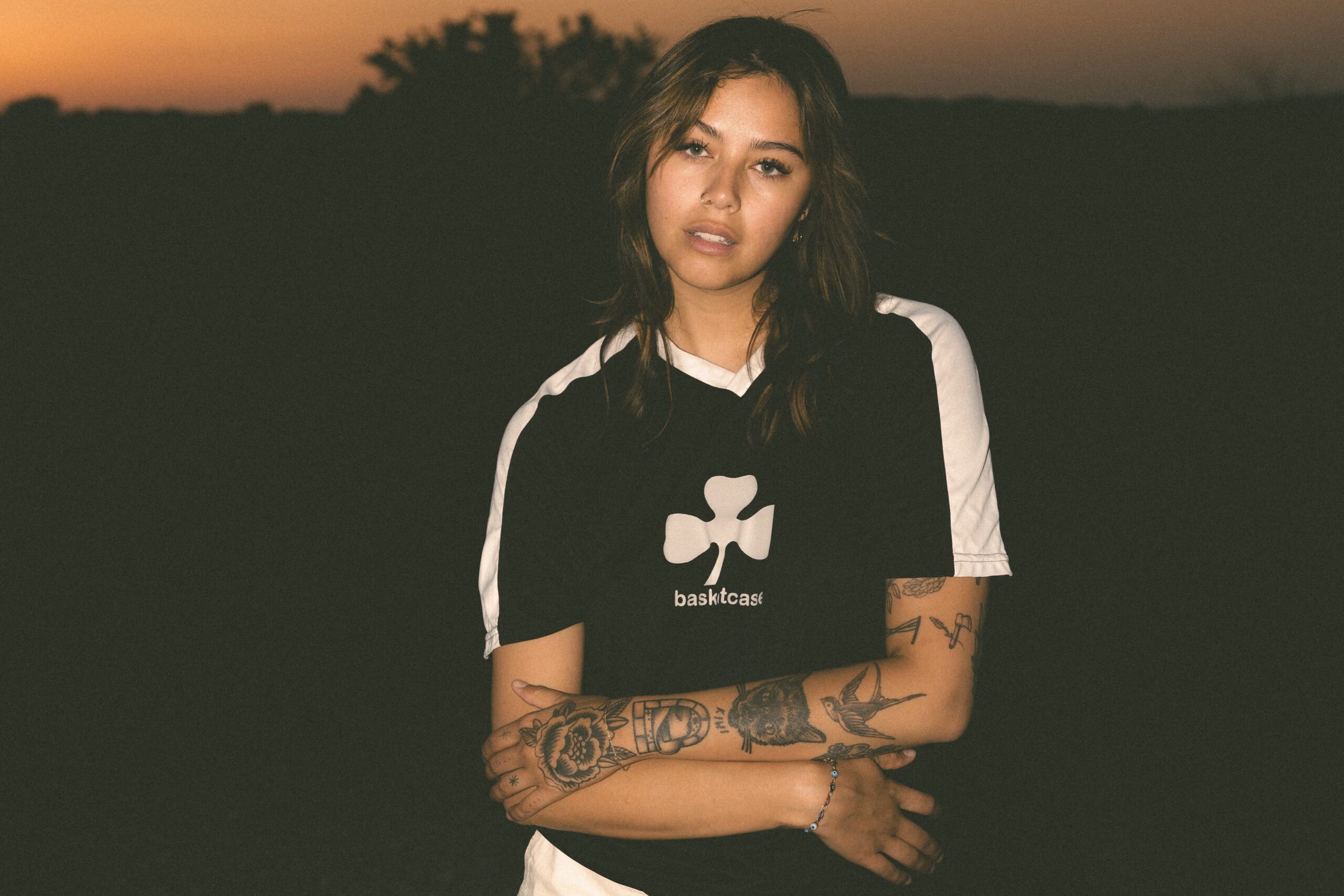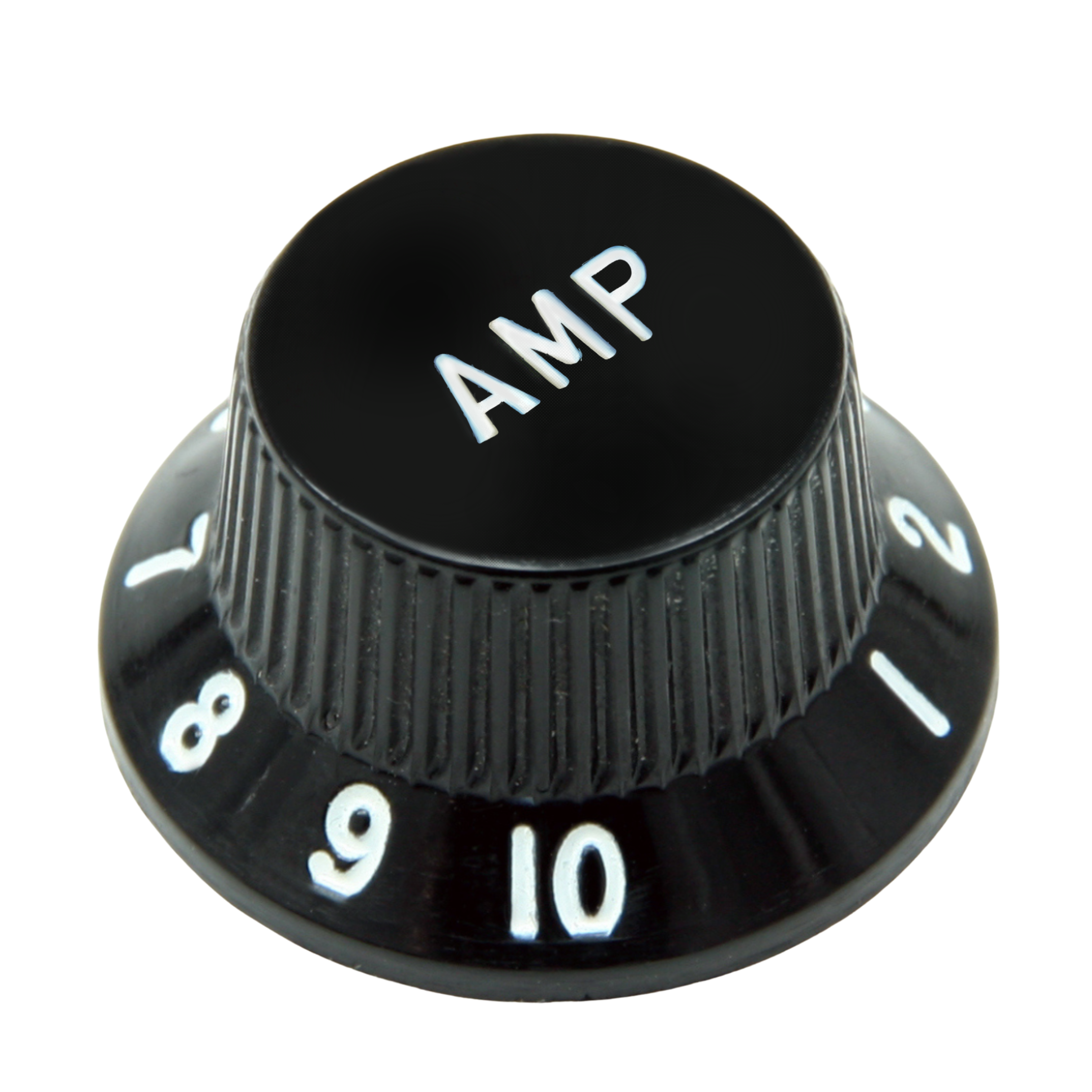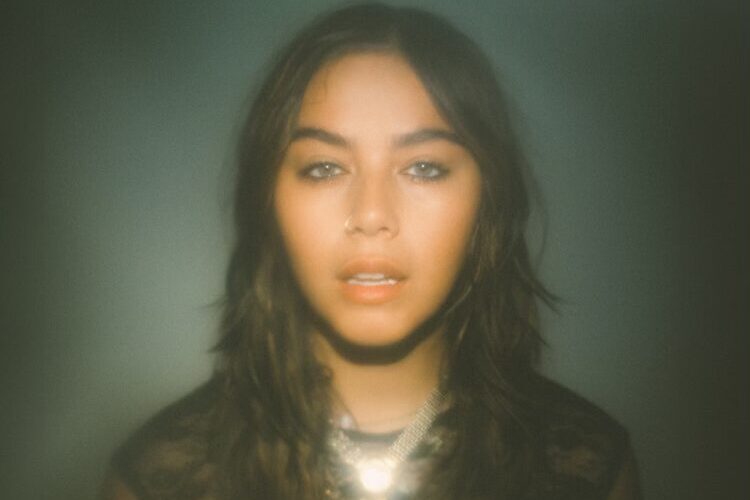I grabbed a seat in the checkerboard-tiled Fido Café, nervously checking the time and monitoring the noise level. A few other patrons were bustling about, the environment lively but subdued — an ordinarily comforting coffee shop environment. But I was paranoid; anything could go wrong with this interview, it being my first conducted in the music industry. Soon, I began to relax in my chair, scanning my phone for notifications, easing into patience. Somehow, the urgency of having scheduled the meeting less than 48 hours prior was helping me to avoid overthinking. Then I received the text I had awaited: Sierra Spirit had arrived.
The following interview was conducted with emerging artist, Sierra Spirit, signed to Giant Music, in October 2024.
Aneesh Batchu (AB): Let’s go back to the beginning of your journey—where did it all start? Was there a particular moment when you realized you wanted to pursue music?
Sierra Spirit (SS): I actually started playing guitar during the COVID lockdowns, which feels a little crazy to think about now. I was in college, studying graphic design at the time, and I had always loved writing, but songwriting hadn’t clicked for me until I picked up the guitar. It was like a key that unlocked everything. I started to understand rhythm and how it all fits together. I didn’t release my first song until February of this year [2024], and before that, I was working as a graphic designer for two years. So, in a way, it was a pretty sudden change, but also something that had always been there in the background.
AB: Wow, so it all happened pretty fast then?
SS: Yeah, it was a whirlwind. One minute I’m working in design, and the next I’m a musician with songs out in the world. But it all started to make sense once I realized I could actually do it—I could write good songs. That was a huge breakthrough for me because, honestly, I think I was my biggest obstacle for a long time.

AB: Did you start with covers when you first picked up the guitar? A lot of artists seem to take that route to practice.
SS: Oh, definitely! I spent so much time doing covers. Phoebe Bridgers’ Stranger in the Alps was my go-to album when I was learning. Her songs are so intricate, and playing them over and over helped me get a feel for the instrument. At that time, I wasn’t sure if I could write my own music, but I knew I loved playing. It was a good stepping stone.
AB: What about Phoebe Bridgers’ music draws you in?
SS: I think her ability to tell a story is unmatched. I always say I wish I could go back and listen to Stranger in the Alps for the first time again because it’s such an experience. She doesn’t just tell a story in each song; she makes the entire project feel like a journey. I love how she plays with sonic elements too, like in “Scott Street,” where you can hear street sounds, like a bicycle passing and distant trains. It’s not just about the music—it’s about creating a whole atmosphere, and that really inspired me to think outside the box.
AB: Are there moments in your own songs where you try to do something similar—build in elements beyond just the instruments?
SS: Yeah, absolutely. Growing up in Oklahoma, I was surrounded by country and folk music, and those sounds seeped into my work. I love using elements like pedal steel and acoustic guitar to create that folk-Americana vibe. I think one of the most important things I’ve learned from artists like Phoebe is that genres can blend. You don’t have to stick to one lane. That realization helped me find my voice as an artist.
AB: If you had to define your own genre, what would you call it?
SS: That’s tricky! I’d say I fall somewhere between folk and indie, maybe with a dash of Americana. I never really fit neatly into one genre—I didn’t feel fully country, but I wasn’t quite an indie artist either. So I’m in that space in between, making music that’s uniquely me.
AB: Do you think your Indigenous heritage has played a role in that in-between space, and in shaping your music?
SS: Definitely. Storytelling is such a huge part of Indigenous culture, and my grandmother was an incredible storyteller. I think a lot of my songs are influenced by that tradition. Some of my tracks reflect personal stories about my family, like my uncle, who struggled with addiction. Turning those painful experiences into music has been a way for me to process and honor my heritage. I also think it’s powerful that today, being Indigenous isn’t seen as a setback. It’s important to me that my music is relatable to everyone, while still honoring where I come from.

AB: I love that. Who do you hope to inspire with your music?
SS: I want to inspire Native kids, especially those who feel like they don’t have role models in the media. Growing up, I never saw Indigenous people on TV or heard them on the radio, so I never thought this kind of career was possible for me. If I can inspire even one person to realize they don’t have to be limited by their background, that would mean the world to me. There are no closed doors if you’re willing to break through them.
AB: That’s such an important message. Now, let’s talk about your upcoming EP. What can listeners expect?
SS: The EP drops on October 10, and it’s essentially the story of my life from adolescence to now. It’s about growing up as an Indigenous person in Oklahoma and figuring out who I am. It’s not necessarily chronological, but each song captures a moment or a feeling from that journey. I think people will learn a lot about me through these songs.
AB: That sounds incredible. Do you have a favorite song on the EP?
SS: One of my favorites is a song called “I’ll Be Waiting.” It’s about the last night I spent with my grandmother before she passed away. It’s really special to me, and after shows, people come up to tell me how much it reminded them of someone they’ve lost. That connection with listeners has made it one of the most important songs I’ve ever written.
AB: That’s beautiful. I know you’ve worked with some big names already, like Dan Wilson. Are there any dream collaborations you’d love to make happen?
SS: Phoebe Bridgers, for sure! But I’ve also been lucky to work with some incredible people already, like Dan Wilson. He’s worked with so many artists I admire, and collaborating with him was a dream come true. But yeah, Phoebe would be the ultimate.
AB: That would be amazing! Last question—if you had to sum up your EP in one sentence, what would it be?
SS: I’d say it’s a collection of stories about growing up, finding yourself, and realizing that no matter where you come from, you can create your own path.
Sierra Spirit’s debut EP coin toss came out last fall on October 10. With each track, she embodies different facets of her life as a young, Indigenous confessional artist and songwriter. Its pieces weave together complex experiences and a unique sonic identity to showcase the artist’s raw talent and potential for folksy starhood. From the country spirit and twangy guitar showcased in “bleed you,” to the indie-pop punchy kit beats in others like “ghost” and “televangelic,” coin toss is an artful product of rich feeling and heritage.

